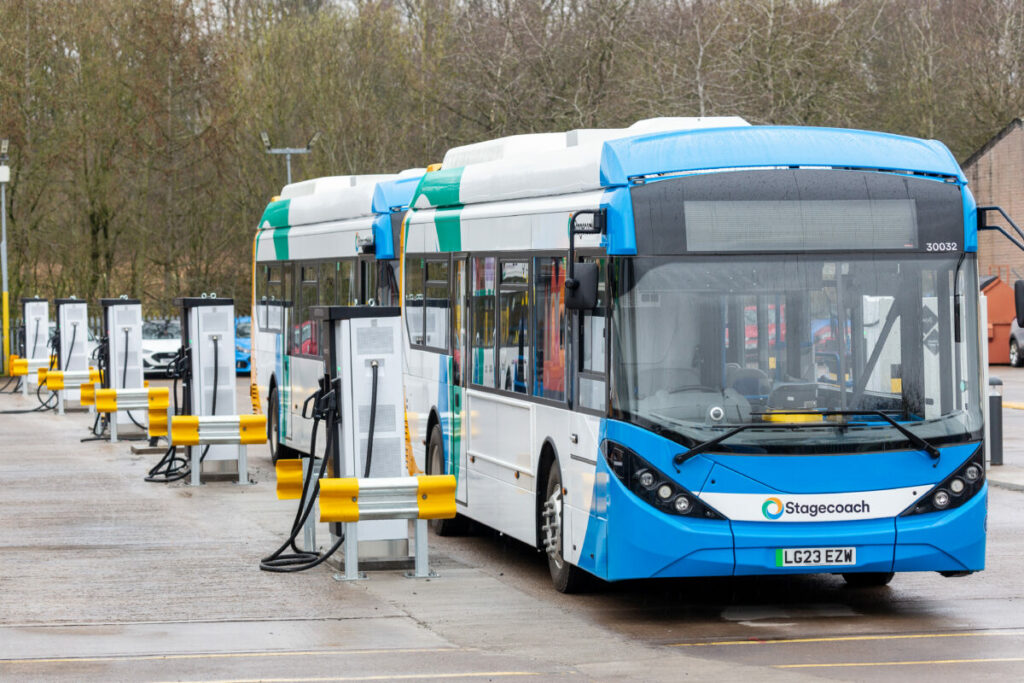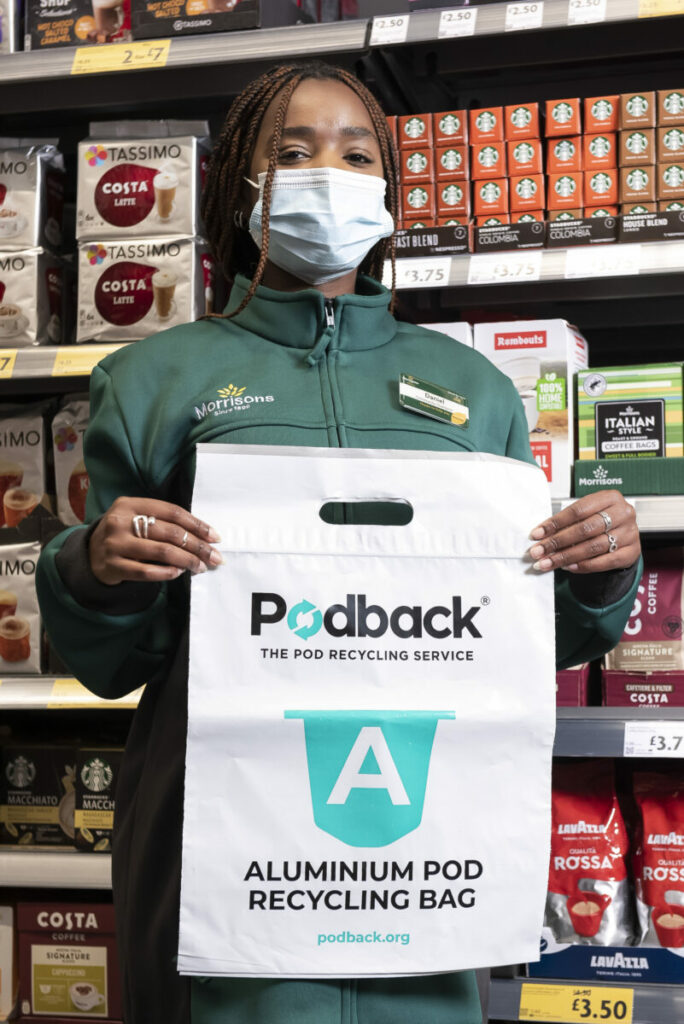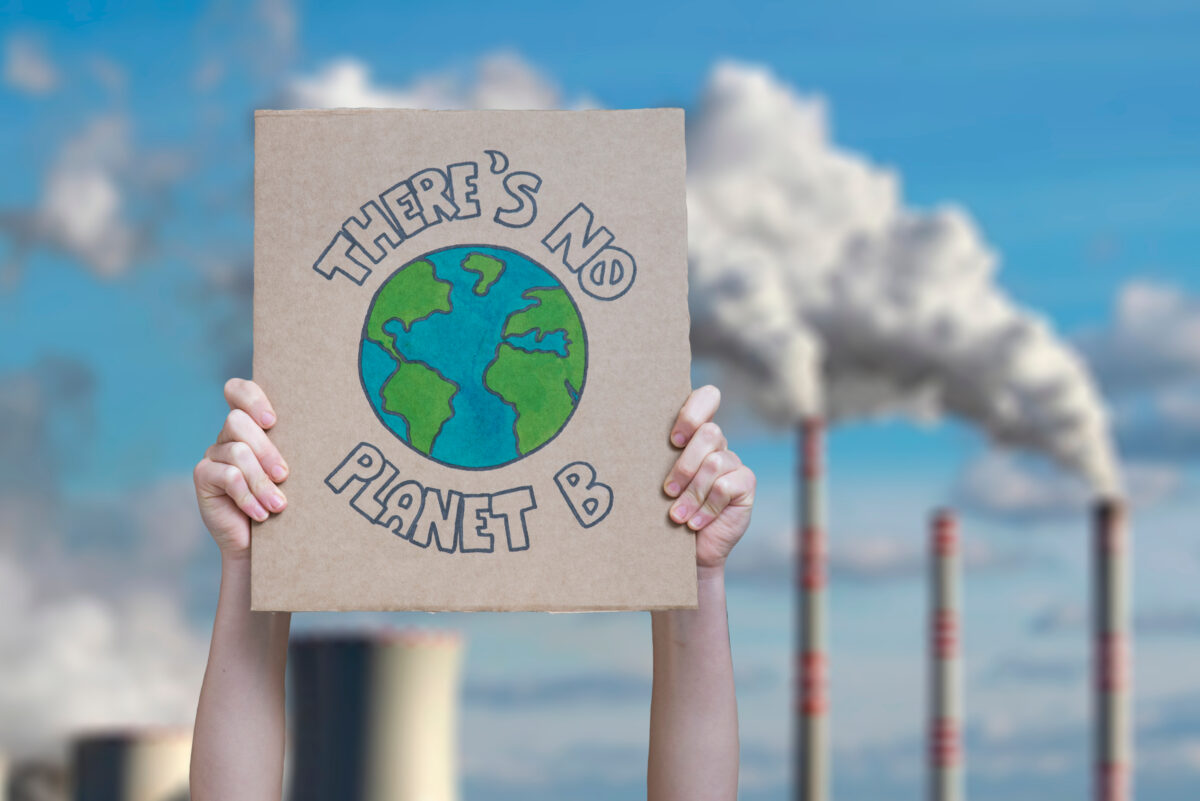At its much anticipated annual keynote event last week, alongside the latest iPhone, Apple announced the newest version of its smartwatch – claiming the product to be carbon neutral.
But when the Mother Nature stunt and ensuing video was launched to showcase the brand’s sustainability report, a flurry of criticism ensued.
The video made a host of pledges: that it would stop using leather on its watch bands and iPhone cases because of the environmental impact of the livestock industry, that it was carrying out further emissions reductions through transporting the products by sea rather than air, and that any remaining carbon emissions are offset.
Since it’s Apple we’re talking about; it’s worth taking to the Merriam Webster dictionary for a definition of carbon neutral – that is “having or resulting in no net addition of carbon dioxide to the atmosphere”.
It doesn’t take a genius to see that that is a bold label for any product.
However, it is easy to see how they got there: picture a group of marketers sat around a table in a clean, modern and airy boardroom, discussing how to showcase Apple’s sustainability strategy and achievements with what is – at present – a long and dryly written document.
A graph won’t work, neither will a list of numbers and definitions, and an explanation about the complexity of supply chains and the challenges of growing profit won’t cut it either. Not when you are a trillion dollar company which prides itself on minimalist design.
“I know,” says one of the California marketers clad in a stylish t-shirt and jeans, “Why don’t we design it like it’s one of our own meetings and we have to prove it to Mother Nature! I reckon it could be a smart way to both garner empathy and show a bit of transparency.”
Enter another swish boardroom, a group of Apple employees with apple watches on their wrists, CEO Tim Cook himself and Octavia Spencer as Mother Nature. Shortly followed by a feisty discussion, featuring curt criticism from sustainability experts…
Beyond Apple’s claims and the chatter
Sustainable business commentator Mike Barry took to LinkedIn to highlight the positives of the video, “The watches have a good story to tell. At least 75% less embedded carbon compared to 2015 across their full lifecycle (raw materials through production the use phase.)”
“Each of the watches includes at least 30% recycled or renewable material by weight, for example, including a 100% recycled aluminium casing and 100% recycled cobalt in the battery.”
He went on to list several other positive aspects of the item but admitted he dislikes the term carbon neutral: “All good, leading steps at a corporate and product level
“It’s a reminder why carbon neutral should be banned as a term in the marketplace. If one of the world’s leading corporate actors on sustainability (which Apple is) cannot easily use it, what confidence can we have that lesser players will use it properly?”
Others were more critical of the video – Hell or High Water climate podcast host and science journalist Justine Calma wrote in tech magazine The Verge: “Don’t get me wrong: it is important to reduce all those sources of greenhouse gas emissions. It’s just that the supposed sustainability of any single product doesn’t necessarily tell us how much progress the company is making overall towards its climate goals.”
Does humour have a space in such a serious issue?
“It’s fair to say that Apple’s Mother Nature video has divided opinion. But whether you find it funny or just pure cringe, humour has a role in sustainability training and communication, especially in video content,” Antoine Poincaré, Axa’s Climate School business unit vice president says.
“There are few things more serious than the climate crisis. But people can feel overwhelmed by it all, so humour can cut through the doom-mongering. Most people have sat through dry sustainability training videos at work, and they don’t land with everyone.”
“Humour can help engage employees around sustainability in a different way, specifically those who are harder to reach. People are so used to video content now, and not everyone has the patience to sit through a longer video.”
“So providing video in short, sharp episodes is a powerful way to engage,” he continues.
However, Poincaré adds that “humour isn’t universal and can easily polarise people. But that doesn’t make it a bad idea.”
“I think the risk of some people finding Mother Nature unfunny was worth it for Apple if it raised engagement and awareness. Humour – and the star power of Octavia Spencer – has made the video go viral, so it does work and people talk about it”.
He’s not alone in that approach – on LinkedIn head of Earth+ Elena Doms said she liked that the video made ESG fun and accessible. “I celebrate that. It brings more people on board,” she said.
She added: “Healthy criticism helps. But shall we call it greenwashing? No. Because then we close off action. We tell others: no matter what you do, it’s not enough.”
What lies behind Apple’s flashy marketing and clever storytelling?
While humour might be a classic trick of the marketing trade, and a good way to grab the attention of consumers – this can be at the risk of appearing to greenwash or greenhush.
Apple isn’t the only business who has fallen prey to these accusations.
As Poincaré puts it: “One of the reasons why a CSR report is seen as boring is that it is precise with numbers, footnotes, percentages and more – however, it needs to be. Stakeholders lack context and are meaningless”.
He adds that, “For a long time Apple has been perceived as a laggard in terms of how reparable its products are. It ‘forces’ people to switch iPhones since they either cannot be fixed or it’s too expensive. Acting on that would be a major step forward”.
Indeed, Apple might be using more recycled products than ever but they have also been accused of “planned obsolescence”. In recent years Apple faced a Batterygate saga and in 2020 had to pay $500 million worth of payouts for slowing down older phones when iOS artificially limited their functionality.
And maybe that’s wherein the problem lies, rather than with the harmless and accessible (if perhaps not that transparent) video alone or even a less than perfect set of measurements.
After all, when you’re already a trillion dollar company perhaps it’s time to rethink priorities, stop saying products are carbon neutral, and just make them last longer and most importantly (because some updates are necessary for security), make them easy to repair.















